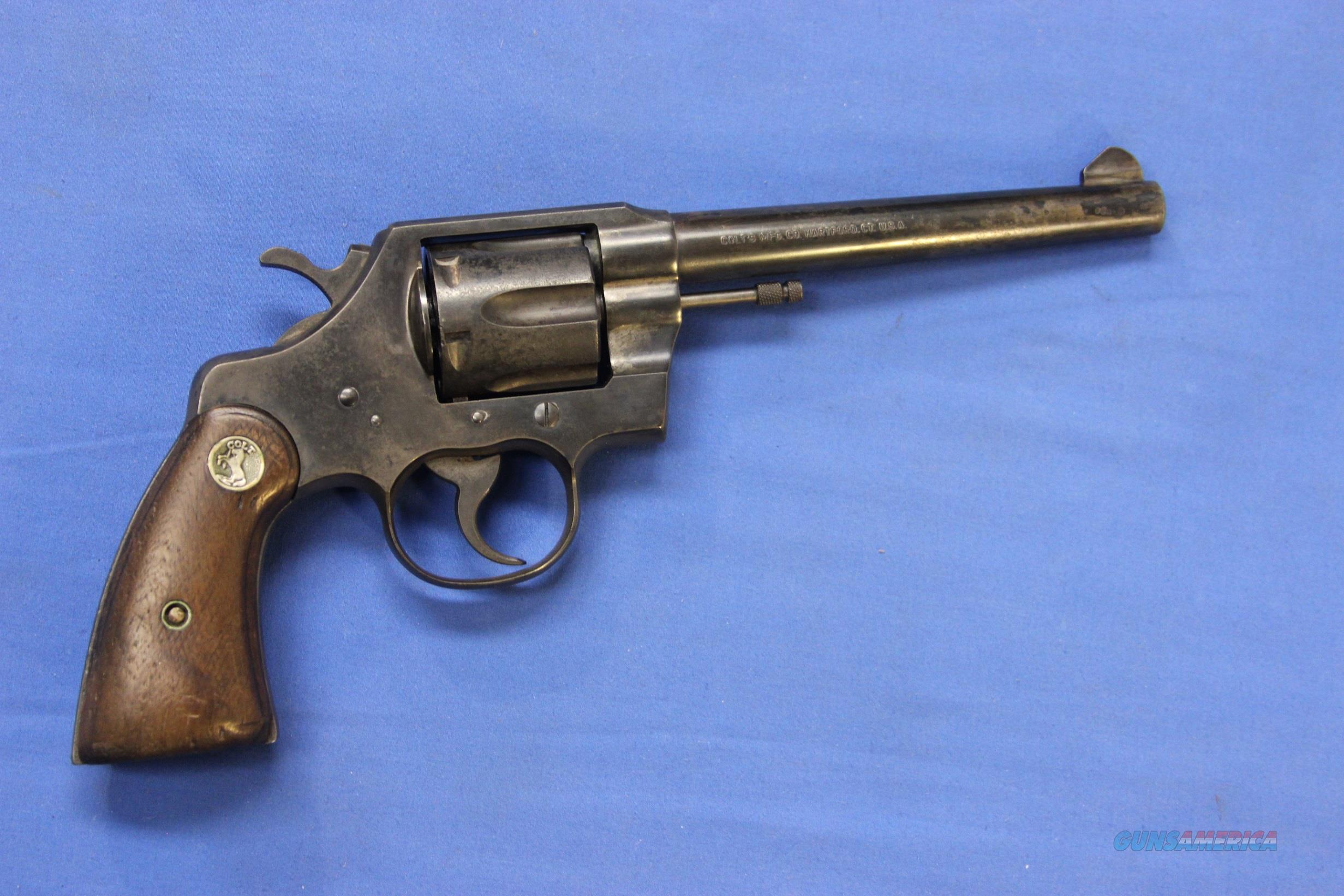

The Colt automatic pistol is believed to be much the more satisfactory of the two." One of the issues with the Colt pistol which was found during this specific trial, was that the grip screws continually worked themselves loose when subjected to sustained fire. After this trial the Board's assessment was that "That neither automatic pistol in its present design is believed to be satisfactory for adoption in the service because of insufficient strength of parts. On 10 November 1910, the Ordnance Board met to pit the Model 1910 Colt and Savage pistols against each other for the second to last time, with the main feature of this trial being an endurance test, with 6,000 rounds fired through each. In August of 1910, two Model 1909 pistols were fitted with thumb safeties, which the Ordnance Department found favorable, especially for use with mounted troops. The special grip was tested by the School of Musketry, who did not favor the "improved" grip over the original checkered grips. In July of 1910, a special grip was requested by the ordnance department, the main feature of which being a smooth right panel which slightly swelled into the palm. Browning believed this was due to the piece being made too thin and of inferior steel, an issue that could easily be remedied. It still wasn't perfect however, as Browning had to straighten the recoil spring retaining piece multiple times, and it eventually broke completely. The second test occurred five days later, with the pistol operating much better this time, only having one misfire in 1,000 shots. Even with all of these "improvements", the pistol failed it's initial test fairly miserably, jamming seven times in the first 157 shots, and John Browning withdrawing it from the test to try to improve the design. Penfield described the "improved model" as having the mainspring cap simpler, smaller, and attached to the spring, extractor inside the breech, ejector made square, angle of the grip changed, the sear, trigger, and grip safety springs made in one piece, butt of the grip sharply angled instead of rounded, barrel slightly lowered, and the ejection port slightly enlarged. They were initially submitted for testing on 9 February 1910, when Captain Walter G. These pistols were initially manufactured to be an improvement upon the "straight-gripped" Model 1909.


There were possibly as few as eight of these pistols ever made, possibly as many as 12, making them incredibly rare and often a missing piece in U.S. Originally manufactured in 1910, this is an example of the extremely rare Colt Model 1910 prototype pistol, an extremely important evolutionary piece in the story of the adoption of the Model 1911 by the U.S.


 0 kommentar(er)
0 kommentar(er)
